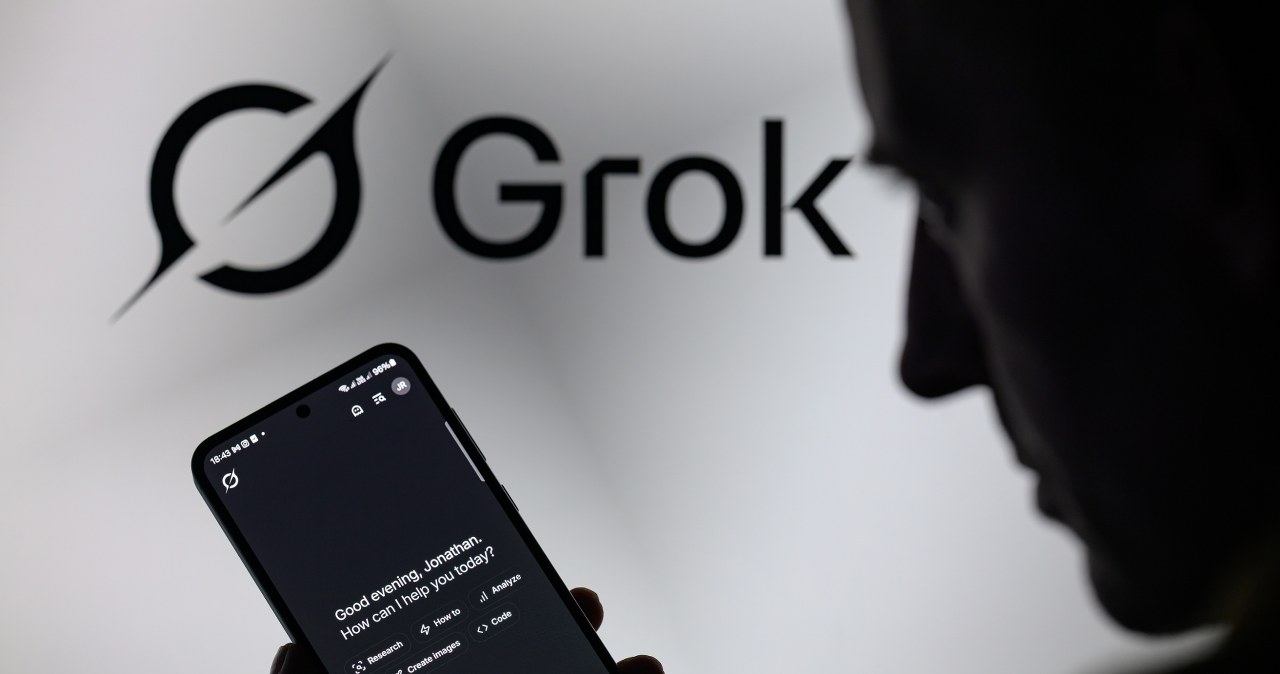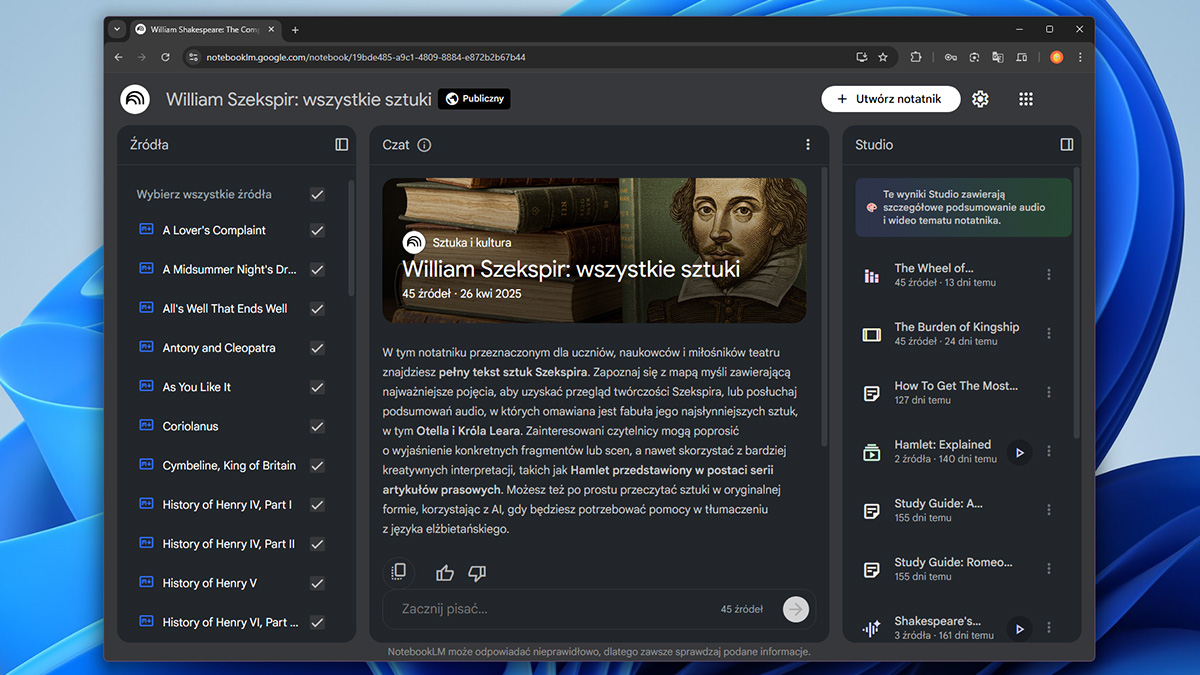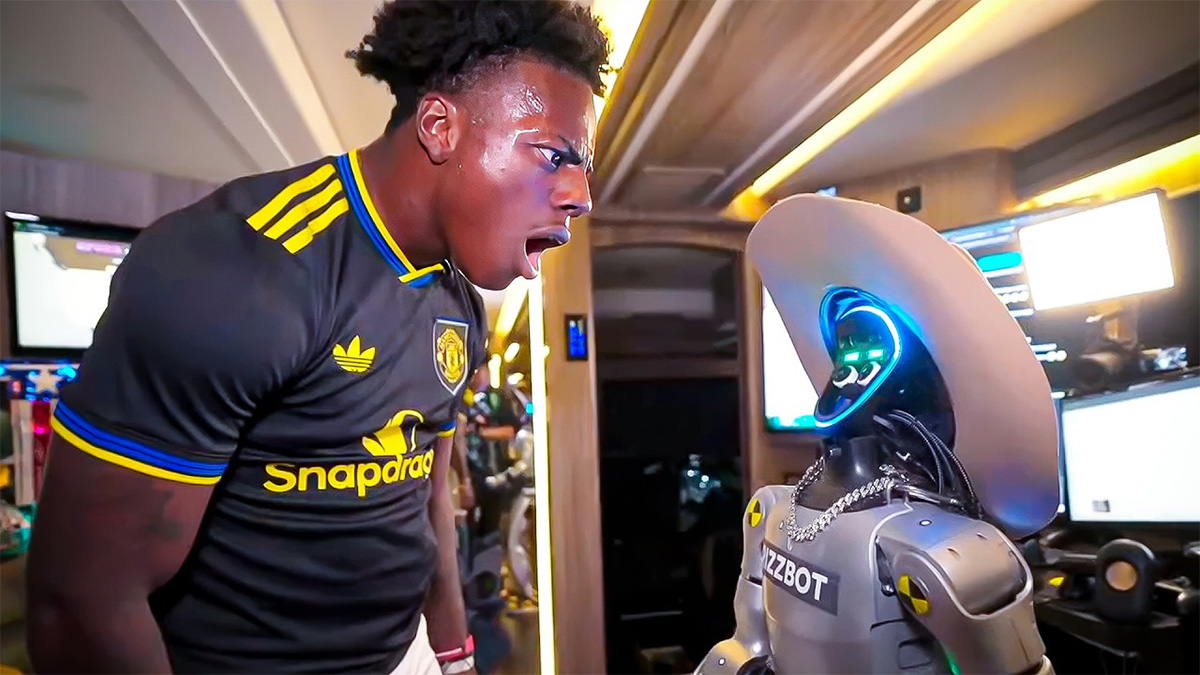While the process of building AI models has become increasingly efficient, the real challenge lies in operationalizing them — deploying models into production and ensuring they consistently deliver measurable value. Traditional DevOps methods often fall short in addressing the complex, evolving nature of AI systems. That's why we have to search beyond its horizon — and there we can find the MLOps concepts.
In this article, you will find out why AI needs its own operational layers, how MLOps is evolving to meet those needs, and what it takes to truly integrate ML solutions into production systems in a reliable, scalable, and secure way.
The ideas are based on insights from real-world projects, involving GenAI, serverless architectures, and MLOps used by companies of different sizes: startups and large enterprises.
From DevOps to MLOps — The Evolution
In the early days of software development, DevOps emerged as a transformative approach to bridge the gap between development and operations teams, emphasizing automation, continuous integration, and rapid deployment to improve software delivery. This shift significantly increased the speed and reliability of releasing software applications.
However, almost a decade later, as machine learning projects gained momentum and organizations became more willing to integrate them into their ecosystems, it quickly became apparent that traditional DevOps practices were insufficient for managing complexities unique to machine learning. ML isn’t just code; it’s a combination of code, data, configuration, and even randomness. Moreover, since data evolves over time, model performance can degrade, requiring retraining and continuous validation.
That's why significant effort has been put into extending the DevOps framework to accommodate machine learning needs. These efforts led to the emergence of MLOps — a framework designed to address the full lifecycle of machine learning models. MLOps enriches the automation and collaboration principles of its ‘older brother,’ while incorporating new processes for versioning data and models, automating training pipelines, and ensuring model reproducibility and governance.
This evolution marks a crucial advancement in operationalizing AI, enabling teams to transition machine learning from experimental prototypes into reliable production systems capable of adapting to changing data and business needs.
Differences and transition from DevOps to MLOps
Understanding MLOps requires revisiting its foundational pillars:
- Automation – to reduce manual errors and accelerate delivery
- Reproducibility – replicating results across teams and environments
- Version control – not just for code, but more importantly, for data and models
- CI/CD pipelines – adapted to ML assets
- Monitoring and validation – because a model’s job isn’t done when it’s deployed; in fact, that's just the beginning
Machine learning systems operate in constantly changing environments. Think of fraud detection, what works today may be totally outdated tomorrow due to newly invented fraud methods. You must be able to respond quickly to minimize damage.
To meet such challenges, the MLOps framework introduces an iterative loop: training -> evaluation -> deployment -> monitoring -> retraining. This represents an essential change compared to DevOps. If we imagine DevOps as a linear conveyor belt, designed for speed and efficiency, MLOps is a feedback-driven loop that prioritizes adaptability, not just speed.
MLOps within the Business Ecosystem
When done right, MLOps delivers real, measurable value:
- Faster time-to-market – weeks instead of months
- Lower engineering overhead – thanks to automation and standardization
- Increased reusability – across teams, use cases, and pipelines
Even more importantly: MLOps builds trust, ensuring models in production are reliable, comply with governance standards, and can be updated or rolled back efficiently whenever needed.
This trust translates into business confidence and bridges the communication gap between two worlds, technology and business stakeholders.
MLOps enables collaborative, measurable, and reproducible data science. It fits into a broader business ecosystem because it’s not just dedicated to machine learning engineers. On the contrary, it connects data scientists and ML engineers with traditional DevOps teams and business leaders. By standardizing model delivery, validation, and monitoring, it allows everyone to speak the same language — metrics, SLAs, KPIs.
On the other hand, MLOps is technology-agnostic. It can be implemented on any cloud and composed of various open-source elements. A wide range of tools and platforms enables rapid development and deployment, regardless of cloud provider or open-source stack.
MLOps In Practice
At Intellias, we’ve had the opportunity to implement MLOps solutions for a variety of clients, from large enterprises to startups. Despite their differing contexts, a common pattern emerges: MLOps principles are universally applicable. Let’s look at two examples:
For a large mobility provider, MLOps served as the backbone for delivering a trustworthy generative AI agent, emphasizing real-time retraining, feedback integration, and regulatory-grade reliability. The enterprise setting required deep integration with internal systems, rigorous evaluation loops, and robust performance monitoring to match the scale and complexity of operations.
In contrast, a property intelligence startup focused on agility, cost-efficiency, and scalability. Here, MLOps was used to transform a legacy, batch-based machine learning pipeline into a modern, event-driven architecture.
Despite different goals, trustworthy intelligence for the enterprise and scalable, affordable operations for the startup, the MLOps core principles remained consistent: automated deployment pipelines, performance monitoring, continuous improvement, and tightly coupled data-model feedback loops supported by retraining triggers and data drift detection.
This comparison underscores that MLOps isn’t a rigid solution, but a flexible set of best practices that can be tailored to meet the demands of both scale and agility, at the same time making it essential for organizations of any size.
MLOps and AI — a symbiotic future
The relationship between AI and MLOps can be described as symbiotic — each enhances the other to drive innovation. As AI continues to integrate into business strategy across industries, it will soon become a utility, much like cloud computing did a decade ago. And just like cloud needed DevOps, AI increasingly relies on MLOps to scale safely and responsibly.
The industry will most probably see further rapid development of practices like:
- Data-centric MLOps – focusing on high-quality, unbiased datasets that improve accuracy, fairness, and efficiency. Tools using synthetic data and active learning will help iteratively refine datasets and improve generalizability.
- Real-time MLOps – enabling dynamic model deployment for applications like autonomous vehicles, fraud detection, and personalized recommendations.
- Business-aligned, trustworthy solutions – meeting the rising demands of AI regulation and governance.
This symbiosis is amplified by advances in automated pipelines, continuous integration, and edge computing, which streamline model deployment and maintenance.
Together, AI and MLOps create a feedback loop: AI demands MLOps for scalability and reliability, while MLOps leverages AI to optimize workflows. The result is a cohesive ecosystem prioritizing efficiency, ethics, and sustainability.
Summary
MLOps represents a crucial shift in how AI is deployed and maintained in real-world systems. It builds on DevOps principles while addressing the unique demands of machine learning — from data versioning and retraining to collaboration and governance. By enabling scalable, reliable, and ethical AI operations, MLOps transforms prototypes into production-ready solutions, aligning technical innovation with business impact.
- This article was written by Kuba Jazdzyk, Senior Machine Learning Engineer at Intellias. Connect with Kuba through his LinkedIn page.
About Author: Kuba Jazdzyk is a Senior Machine Learning Engineer at Intellias, based in Krakow, Poland. He has deep expertise in computer vision and a passion for advancing AI technologies. Focused on solving complex challenges, he likes to explore new deep learning areas and integrate them with MLOps practices to drive scalable and efficient AI deployments.









